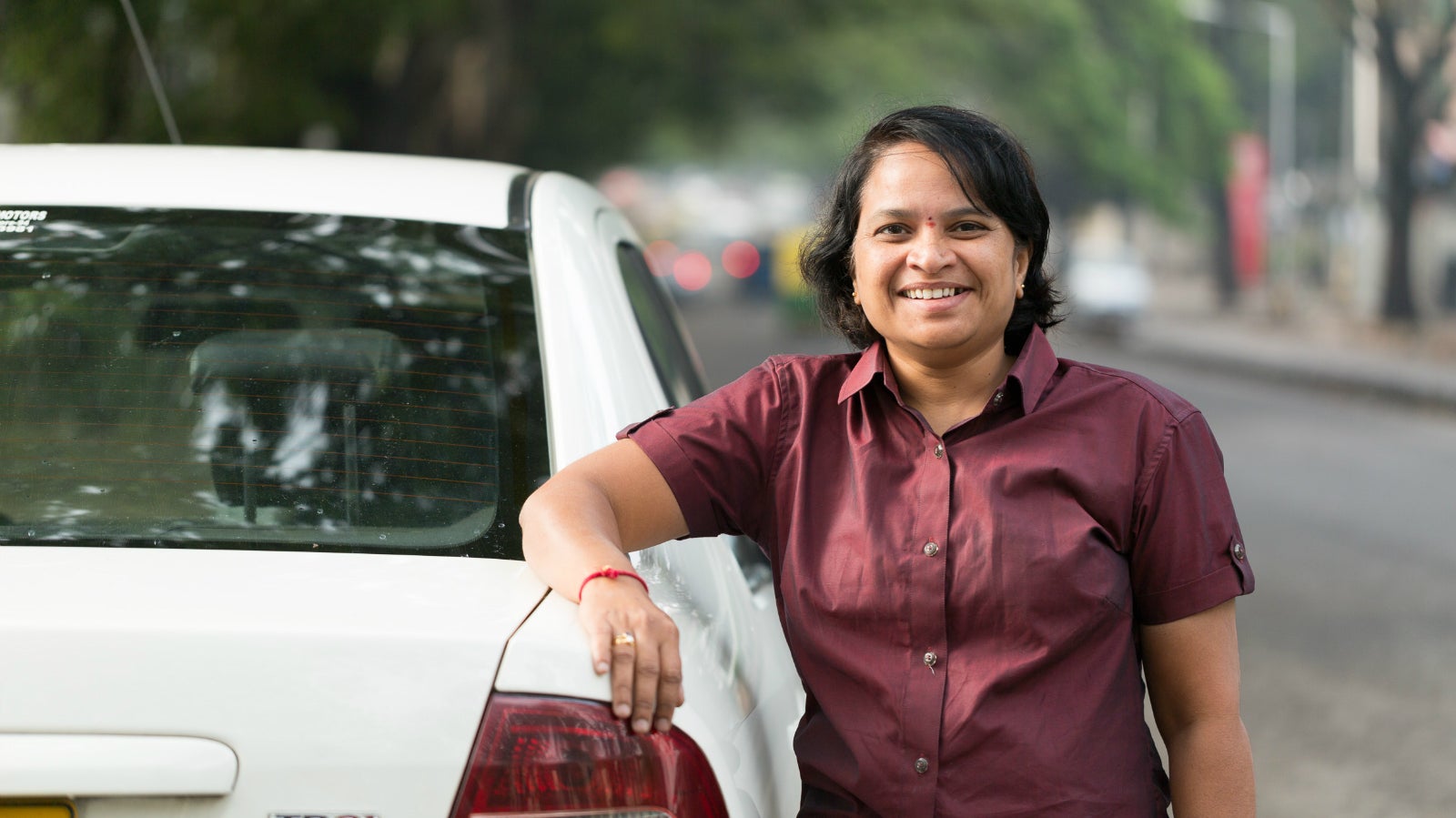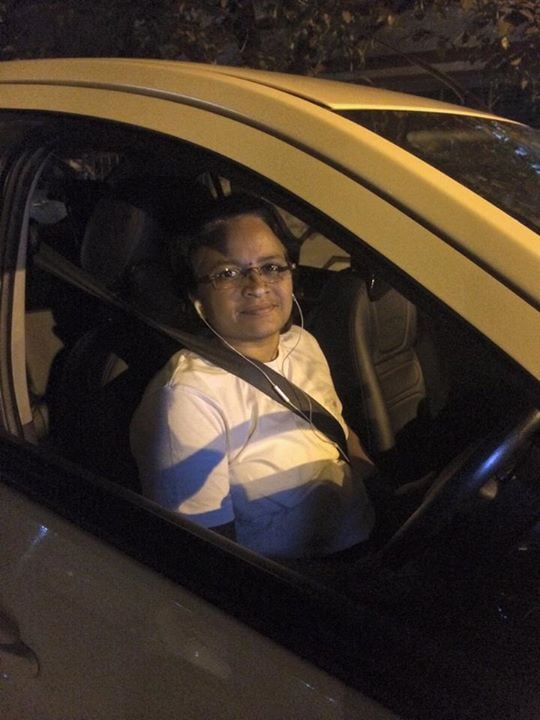Badass Bangalorean: Meet Uber’s first female cab driver in India
For an Indian woman, driving for a cab company isn’t an obvious career choice. Indian roads aren’t particularly safe, especially during the night, and dealing with chauvinistic male passengers can be painful.


For an Indian woman, driving for a cab company isn’t an obvious career choice. Indian roads aren’t particularly safe, especially during the night, and dealing with chauvinistic male passengers can be painful.
But Veerath Bharathi saw it differently. In October 2013, she became Uber’s first Indian female driver.
Bharathi is not particularly bothered about working in an industry almost entirely comprised of men. She says that the ratio of female versus male drivers in cab companies is as flawed as the dismal gender statistics in almost every other sector.
“So each profession will then become a problem for a woman because there will mostly be more men than them. I don’t think women should think of it that way,” Bharathi told Quartz in broken Hindi during a phone interview.
Some 18 months after starting, Bharathi still remains among the handful of female drivers employed by Uber—and that’s something the San Francisco-headquartered startup is now looking to change. In the next five years, Uber wants to increase the number of women drivers in India to 50,000, and will put candidates through a four-month training programme. (Uber declined to share its exact numbers of drivers, or female drivers, in India.)
Some of this newfound momentum to bring women onboard could be the result of the crisis that Uber found itself in last year, after a male driver employed on its platform allegedly raped a 27-year-old woman in New Delhi. But the need for women drivers is being felt across India’s transportation industry.
Last week, the New Delhi Municipal Corporation announced new fleet of taxis with women drivers called Shakti, even as the Gurgaon district administration is reportedly working on its own women-only cabs project.
Driving around
But Bharathi’s journey didn’t start with Uber.
In 2005, she moved from Ongole, her hometown in Andhra Pradesh, to Bangalore in search of a job. She was 28.
A high school dropout, she was supporting her family through tailoring but the money just wasn’t enough. So, in India’s Silicon Valley, Bharathi learned how to drive with the help of a nonprofit called Sangama—and in 2007, she got herself a driver’s license.

“The male drivers wouldn’t come up and say anything. But I would get stares from them,” Bharathi said. ”It’s their (regressive) mindset, but that cannot really stop me from carrying on with my profession. Eventually, they got used to seeing me around, so they wouldn’t look.”
For almost seven years, Bharathi drove with Sangama—sometimes running errands for office, and sometimes ferrying clients.
“There were also many other men who would praise me and treat me as equal,” she added.
In early 2013, she landed her first job at a cab company, driving for Angel City Cabs, Bangalore’s first woman-only cab service. She moved to Uber shortly after the company’s launch in India in August 2013.
In January last year—only four months after she joined the company—she bought a Ford Fiesta on a loan, which is now attached to Uber’s fleet of cars. As an Uber driver in Bangalore, Bharathi makes about Rs60,000 ($1,000) monthly.
Bharathi works the night shifts, too, but takes the necessary precaution: ”I only pick up women passengers from airports at late-night or early morning hours. It makes me feel safe, and the same goes for the passenger.” In the process, she has even acquired a high-profile admirer or two.
Last year, Kiran Mazumdar-Shaw, chairman and managing director of pharmaceutical major Biocon, wrote this about Bharathi:
And now, Bharathi is slowly preparing for another, entirely different journey.
“I didn’t think about marriage all this while,” the 38-year old laughed, “I am thinking about it now.”